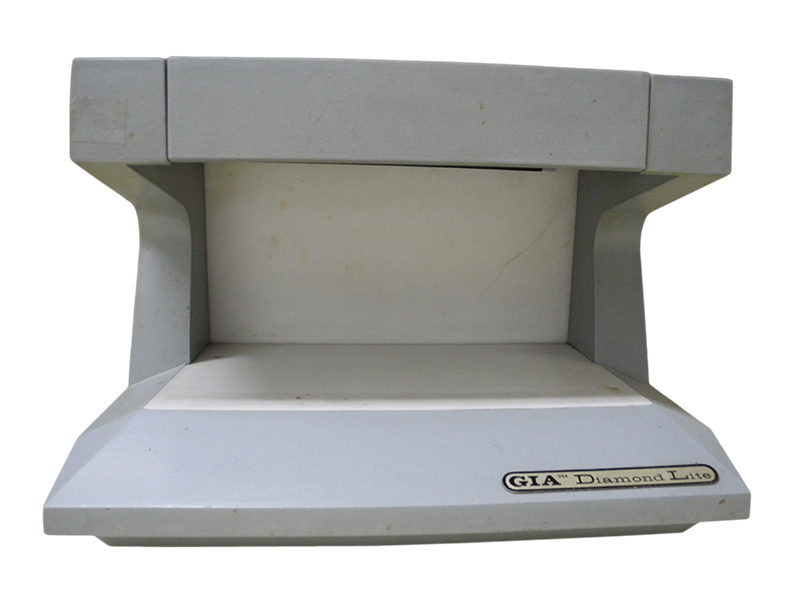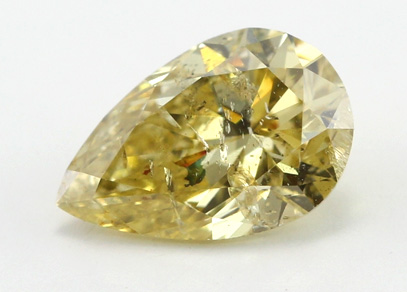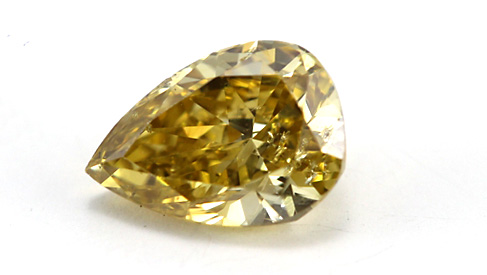FAQs About Diamond FluorescenceWhat Is Diamond Fluorescence?For most people who purchase diamonds, fluorescence will not be an issue, but some might be intrigued by the Fluorescence is the reaction of trace minerals within the diamond that cause the diamond to glow when exposed to ultraviolet or blue light. In the laboratory, special ultraviolet lamps are used to check for this. However the sun can also be a source of ultraviolet causing the diamonds to react in daylight as well. The Strength Of FluorescenceAll diamond certificates will make note of fluorescence. This refers to the strength, or intensity, of the diamond’s reaction to long-wave UV, which is an essential component of daylight. The light emitted lasts as long as the diamond is exposed to the ultraviolet source. The range of strengths as reported on laboratory grading reports is None, Faint, Medium, Strong and Very Strong. Some labs use the term Negligible for any diamond with no fluorescence or faint fluorescence. 
Is Fluorescence Common In Diamonds?Yes. Approximately 25% to 35% of stones that were submitted to the GIA laboratory exhibit some degree of fluorescence. However, only 10% of those show strengths of fluorescence that may affect appearance (strengths noted on laboratory reports as medium, strong, or very strong). In fact, in more than 95% of the diamonds that exhibit fluorescence, the visible color is blue. As blue is the complementary color to yellow, the most common tinted color in diamonds, blue fluorescence can make yellowish diamonds look white or colorless. In rare instances, the reaction to fluorescence is yellow, white or another color. Is Fluorescence In A Diamond A Good Thing?Some retailers will tell you that fluorescence is not desirable, that is far from true, Fluorescence rarely affects a diamond's shine and fire and in lower colored diamonds, the fluorescence can make them look whiter or even colorless. Diamonds with fluorescence should be graded case by case. You may not even notice if there is fluorescence in your diamonds. Does Diamond Fluorescence Affect The Strength Of The Diamond?No. A diamond that has shas the same integrity as one with no reaction to UV. Submicroscopic differences and/or shifts in the diamond structure can cause fluorescence or can prevent it. Nothing in either instance is connected to weakening the diamond. What Impact Does Fluorescence Have On The Appearance Of A Diamond?
None, In the GIA Fluorescence Study, it was found that
the average person could not make a distinction between a diamond
with fluorescence and a diamond without.
Should I Buy A Diamond That Has Medium Or Strong Fluorescence?It’s up to you, a diamond’s appearance must be taken as a whole. Other factors can influence color appearance more strongly than fluorescence, such as how the diamond has been cut, the diamonds clarity and whether the diamond is viewed in natural or artificial light. Blue FluorescenceIf the diamond exhibits blue fluorescence, it may be a positive factor since it will make the diamond look whiter. However if the diamonds fluorescence is yellow, the diamond will appear to have a lower color when seen in ultraviolet light. Overall, diamond fluorescence should not be a major factor in the purchase of a diamond since its effects are negligible, if not slightly positive. The exception would be to exercise caution in purchasing a diamond with sin D-F color diamonds or very strong fluorescence in G-H color diamonds (which do not possess enough body color to offset the degree of fluorescence). For example, a G color diamond of VS2 clarity and very strong fluorescence will tend to sell for 3-5% less than a similar diamond with no fluorescence. Alternatively, a K color diamond of any clarity and swill typically sell for up to 2% more than a similar diamond with no fluorescence. The clarity of a diamond has no effect on the appearance of color and fluorescence, however it does impact price. This is generally due to the fact that customers who want to buy higher clarity tend to be more against stronger fluorescence if any. If industry experts can't agree on the influence of fluorescence then you should not let fluorescence influence you too much when selecting a diamond. However, because of the debate regarding fluorescence, you may find colorless or near-colorless diamonds that exhibit fluorescence have slightly lower prices than those that do not. What Do We Think About Florescence?
Enjoy the lower price.
Of course, if you are buying diamonds as an investment and intend to resell them, you'll want to pay attention to how the industry prices diamonds with fluorescence, regardless of whether the price difference is justified. If you have any questions about Diamond Fluorescence or any other Diamond related questions please feel free to contact one of our expert jewelers at: 1-800-557-709 |





